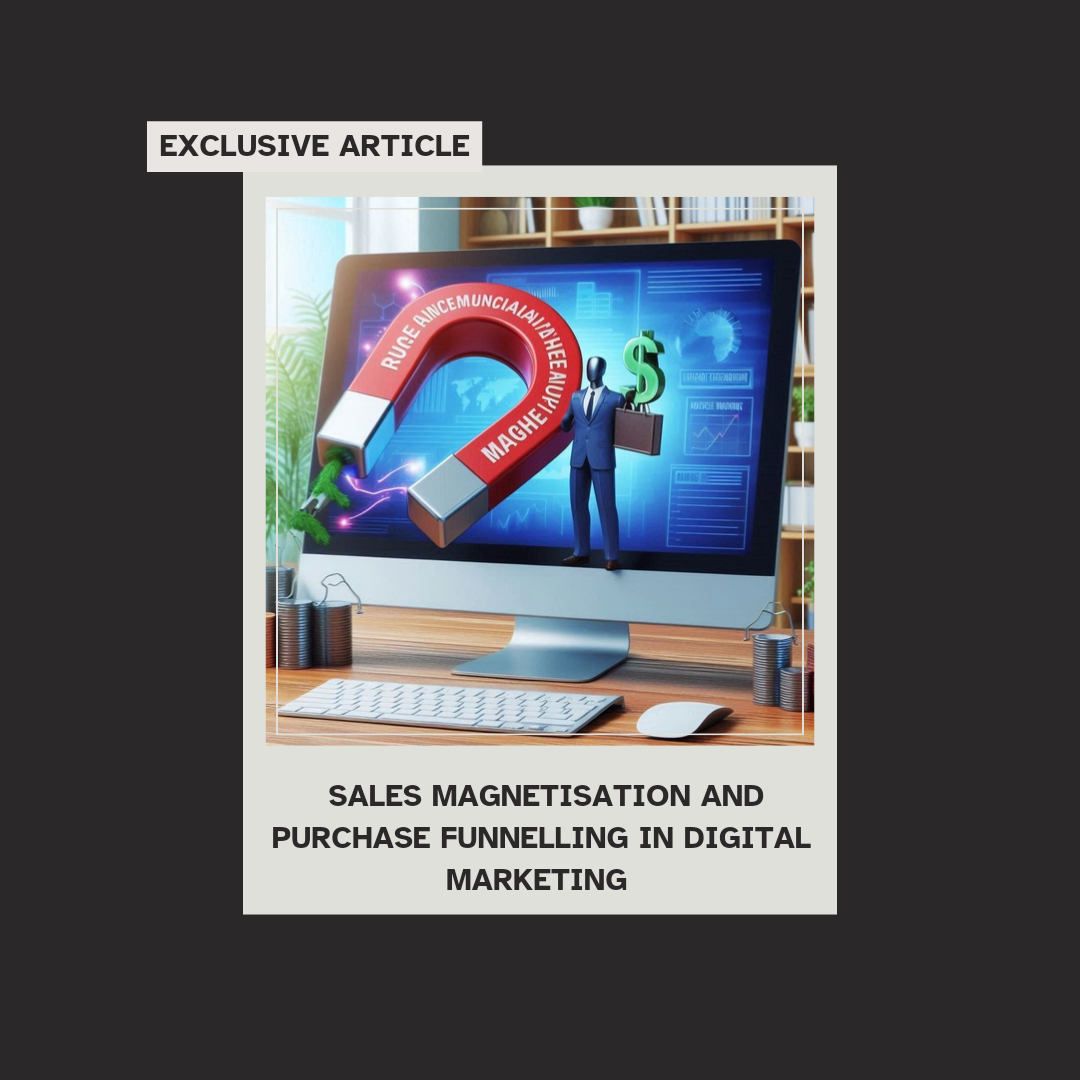Articles
Business and the Economy
EXCLUSIVE
ARTICLES
Make an impact today
Support my free content by contributing a donation.

Unveiling the Overlapping Similarities Between Product Value Market Value
At the heart of any successful business lies the delicate balance between product value and market value. These two intertwined concepts are the driving forces behind a company's ability to thrive in the ever-evolving landscape of commerce.
Product value, the intrinsic worth of a good or service, is the foundation upon which a business is built. It is the culmination of the time, effort, and expertise invested in the creation and refinement of a product or service. This value is often reflected in the quality, functionality, and uniqueness of the offering, catering to the specific needs and desires of the target market.
On the other hand, market value is the perceived worth of a product or service in the eyes of the consumer. It is the price that the market is willing to pay for a particular item, influenced by factors such as supply and demand, brand reputation, and the overall competitive landscape. Market value is the tangible expression of a product's desirability and the consumer's willingness to invest in it.
The overlapping similarities between product value and market value lie in their symbiotic relationship. A product with high intrinsic value is more likely to command a higher market value, as it meets the needs and expectations of the target audience. Conversely, a product with a strong market value often reflects the inherent value it provides to the consumer, justifying the price point.
Successful businesses understand the importance of striking a balance between these two concepts. By continuously aligning their product offerings with the evolving needs and preferences of the market.

Sustainable Growth in the Dynamic and Competitive Digital Landscape
In today's rapidly evolving digital landscape, achieving sustainable growth is imperative for businesses looking to thrive amidst fierce competition. This growth paradigm requires a multifaceted approach that integrates innovation, technology, and strategic management to create resilient business models.
Firstly, leveraging data analytics plays a crucial role in informing decision-making processes. By harnessing big data, organisations can gain valuable insights into consumer behaviour, allowing them to tailor offerings to meet evolving market demands. This data-driven strategy not only enhances customer satisfaction but also promotes operational efficiency, thereby supporting sustainable growth.
Furthermore, embracing sustainable practices is increasingly becoming a competitive differentiation. Consumers are more inclined to support businesses that demonstrate environmental and social responsibility. Companies that integrate sustainability into their core operations can enhance their brand reputation while appealing to a conscientious customer base. This involves adopting eco-friendly technologies, optimising resource utilisation, and committing to ethical business practices, all of which can yield long-term financial benefits.
Collaboration and partnership are also essential in navigating the dynamic digital landscape. By forming alliances with other businesses, tech innovators, or even non-profit organisations, companies can access new markets and share resources, thus creating a synergistic effect that propels growth. Such collaborations can facilitate the development of new products and services that cater to diverse consumer needs, reinforcing a brand's value proposition.
In conclusion, sustainable growth in the competitive digital arena is a multifaceted endeavour that demands strategic foresight, environmental stewardship, and collaborative innovation. Businesses must adopt a holistic approach that aligns their objectives with the broader societal and ecological goals to ensure longevity and success in an ever-changing marketplace.

Identifying Your Unique Market Proposition
Establishing a unique market proposition is a critical step in building a successful business. It involves identifying what sets your product or service apart from the competition and why customers should choose you over alternatives.
To uncover your unique market proposition, begin by thoroughly researching your industry and competitors. Analyse their offerings, pricing, target markets and marketing strategies. This will help you pinpoint gaps in the market that you can fill.
Next, reflect on your business's core strengths and capabilities. What are you uniquely positioned to provide that others cannot? Perhaps it's superior quality, innovative features, exceptional customer service or a specialised expertise. Identifying your key differentiators is the foundation of your unique market proposition.
It's also important to deeply understand your target customers - their needs, pain points, preferences and buying behaviours. How can you tailor your offering to deliver the most value to this audience? Aligning your unique strengths with your customers' priorities is the essence of a compelling unique market proposition.
Finally, craft a concise, compelling statement that communicates your unique value. This should be the cornerstone of your branding and marketing, clearly articulating why customers should choose your business. A strong unique market proposition will help you stand out, attract your ideal clients and build a sustainable competitive advantage.

Building an Engaged Audience Primed for Conversion
Building an Engaged Audience Primed for Conversion
In the increasingly competitive landscape of digital marketing, establishing an engaged audience is not just a goal; it is a necessity for driving conversions. Building this audience entails more than merely collecting names on an email list; it requires strategic efforts to cultivate relationships and foster trust. Here are key strategies to effectively engage your audience and prepare them for conversion.
Understand Your Audience
The first step in engaging your audience is understanding who they are. Conduct thorough market research to identify your target demographic's needs, preferences, and pain points. Utilize tools such as surveys, social media polls, and analytics to gain insights into their behaviour. Cultivating a deep understanding of your audience allows you to craft personalized content that resonates with them on a personal level, thereby enhancing engagement.
Create Valuable Content
Once you have a clear picture of your audience, focus on creating high-quality, valuable content that addresses their specific needs. This content can take various forms, including blog posts, videos, podcasts, and infographics. The key is to provide solutions to their problems, share useful insights, and entertain them. Consistent, high-value content positions your brand as an authority in your industry, making your audience more likely to trust you and consider your products or services when they are ready to make a purchase.
Leverage Social Media
Social media platforms serve as powerful tools for audience engagement. Use these channels not only to promote your content but also to interact with your audience directly. Engage in conversations, respond to comments, and pose questions to stimulate discussion. By creating a sense of community around your brand, you increase loyalty and encourage followers to share your content, expanding your reach organically.
Foster Two-Way Communication
Engagement is a two-way street. Encourage feedback and actively seek input from your audience through comments, surveys, or focus groups. This practice not only demonstrates that you value their opinions but also gives you valuable insights into your audience's preferences. Implementing feedback can lead to a stronger connection with your audience, making them feel more invested in your brand.
Analyse and Adapt
Finally, continuously analyse your engagement efforts to determine what resonates with your audience. Use metrics such as click-through rates, shares, and comments to gauge the effectiveness of your content and strategies. Regularly adapting your approach based on performance data ensures that you remain relevant and attuned to your audience's evolving needs.
By fostering an engaged audience through these strategies, businesses can create a solid foundation that enhances conversion rates and encourages brand loyalty. In today's fast-paced digital world, the emphasis must be placed on relationships and engagement to drive sustainable growth.


